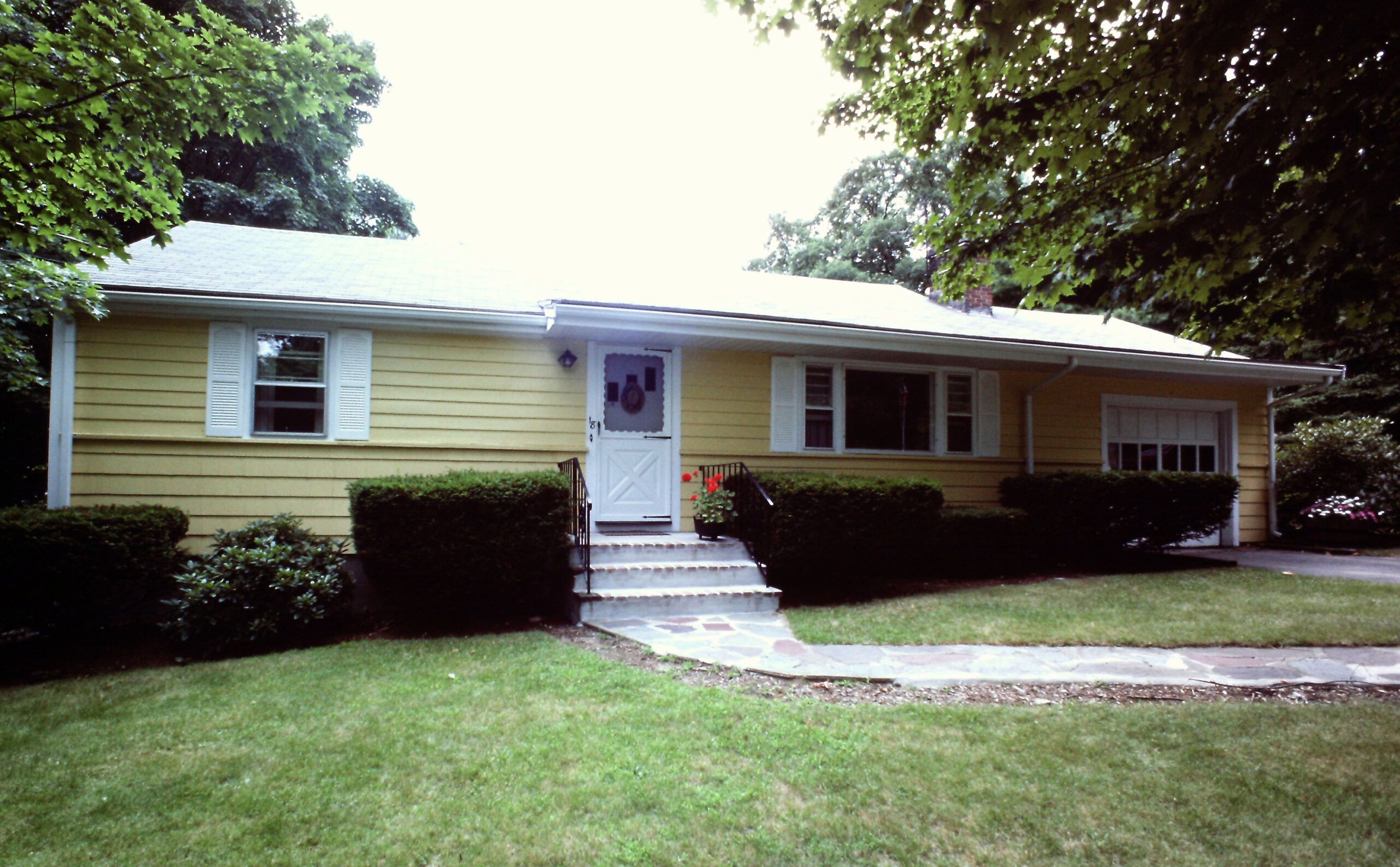This Old House headed north of Boston to Reading, Massachusetts, to transform a typical one-story 1950s-style ranch home into a roomy garrison Colonial. Homeowners Frank and Mary Jane Fernino loved their town, their spacious backyard and their pool. The only problem was the house itself. They’d tried to make the most of the space they had, using the chilly screened in porch as a living room and finishing the basement into a dark but serviceable guest room and office, but the house still felt cramped and strained. So they decided it was time to raise the roof.
To give themselves more living space, Frank and Mary Jane wanted to tack on a second level onto the house. By adding a second floor, however, they would be building a house on top of a house, so the This Old House crew took a look at the house’s structure to make sure it could support the extra weight. The house’s 10-inch-thick poured concrete foundation was more than up to the task. Then the crew examined the basement’s central load-carrying beam, making sure it was wide and solid. Finally they measured the distance between the foundation walls and the house’s structural posts; it was short, which means the new second story would be well supported. Next stop was the attic for a look at the ceiling joists. Unfortunately the existing two-by-sixes would not support the weight of another floor. They would have to be sistered to thicker two-by-eight joists that could support the added load.
To work out the long-range logic of the proposed changes, Frank and Mary Jane consulted architect Scott Finn. They discussed how the new upstairs space would fit into the flow of existing rooms, and decided to use the second floor primarily as bedroom space, with room for a study as well. After the house’s expansion, the homeowners then planned to open up the small downstairs rooms for entertaining. With this long-term plan in hand, the roof shingles came off and the second floor framing began.
While the hold roof framing was stick built piece by piece, the new construction was assembled using roof trusses, pre-assembled frameworks of lightweight 2x4s, fastened to the joists with steel plates. While these trusses are engineered to go up much more quickly than traditional framing, they can still withstand a significant snow load, particularly important in New England’s harsh climate. Weather quickly came into play when a downpour hit the job site before the roof was fully shingled.
But the crew recovered and soon the new space was neatly cantilevered out 18 inches over the first floor, transforming the ranch house into a garrison Colonial. In 1600s, this term described any house with an overhanging second floor, a design that made the second floor difficult to climb into and thus protected residents from attack. Because the house style is relatively plain, builders often decorated their work with pendants, wooden decorations that hung down from the corners of the overhang. At one point, they became so popular in Boston that the city legislated that they be kept eight feet off the ground because people were hitting their heads as they walked down the street. Homeowner Frank fabricated a set for his house in his workshop following a historic pattern researched by his wife. To enhance the house’s historic look, the homeowners chose vinyl siding with a three-inch exposure that mimicked the historic look of clapboards but called for no maintenance. Before winter set in, the dated, cramped ranch had a new lease on life as a garrison Colonial, and the homeowners had the living space they craved.
